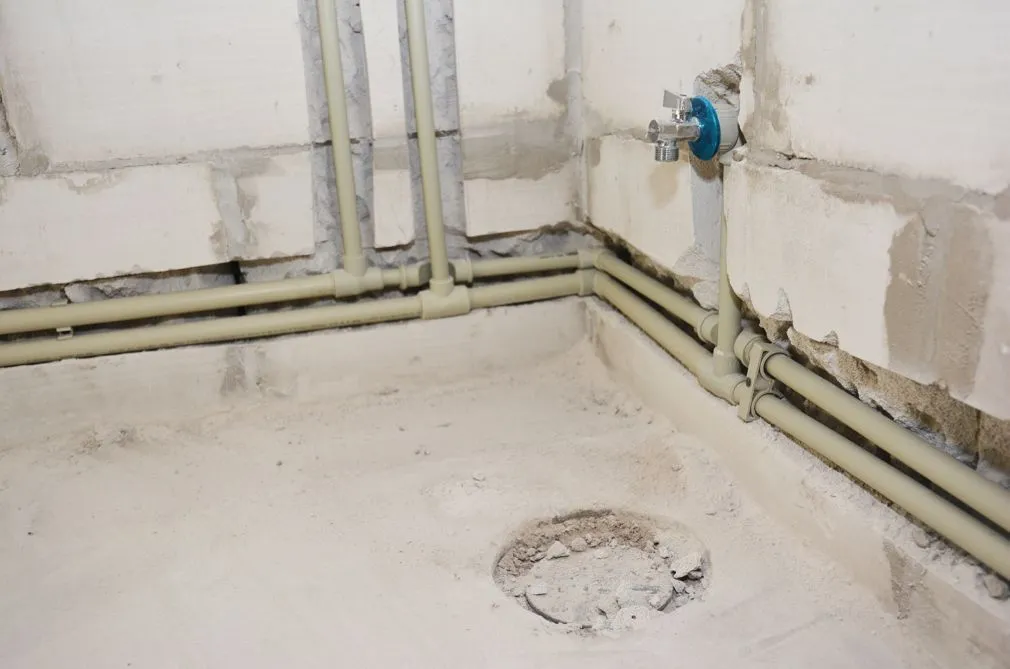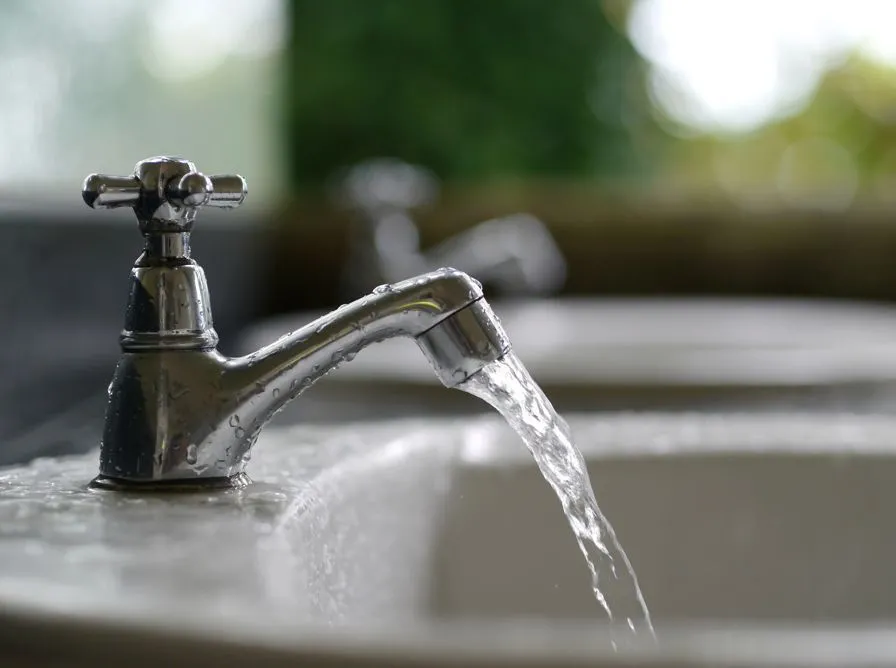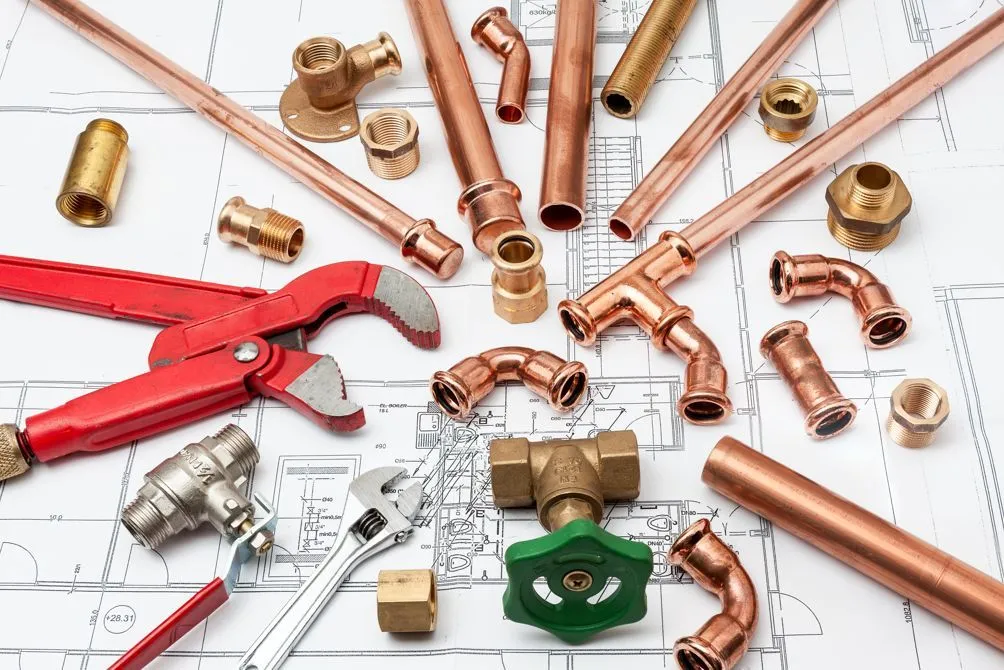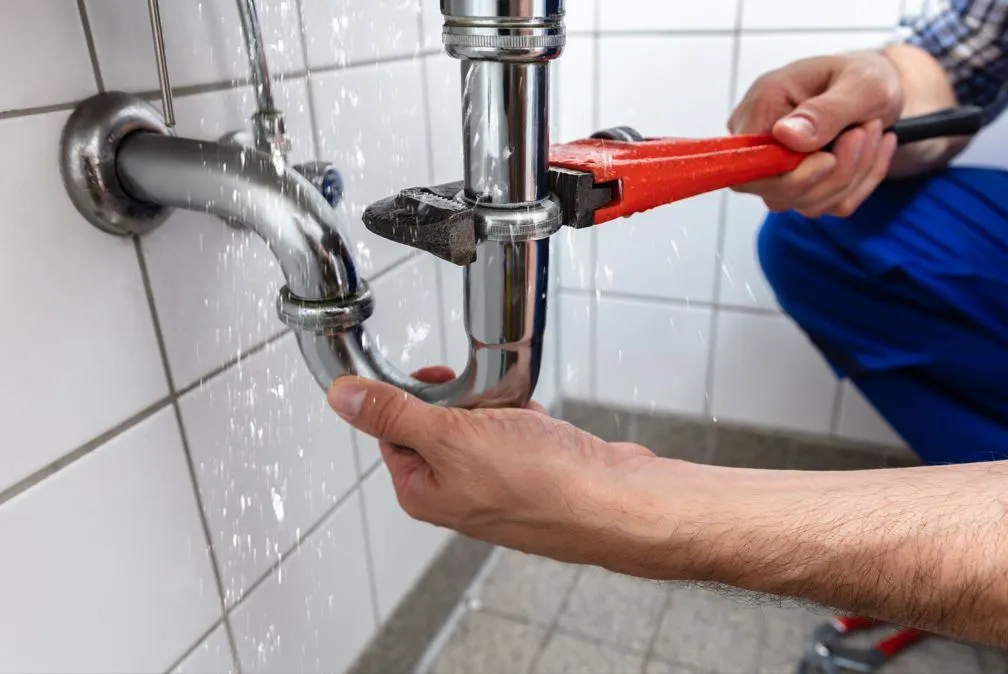Bathroom plumbing problems can range from clogs and leaks to low water pressure and running toilets. Keep your bathroom plumbing functioning smoothly with these tips.
Discover the importance of proper bathroom plumbing for your health, safety, and overall comfort. Learn why it’s crucial to maintain and fix bathroom plumbing issues.
If you are a homeowner, you know that there’s always something that needs fixing or improving around the house. Plumbing needs to be an effective system in any home, and the bathroom is no exception. Whether replacing a toilet or repairing a leaky pipe, a little knowledge of bathroom plumbing can go a long way.
This blog guides you on the basics of bathroom plumbing and what you need to know to keep your bathroom running smoothly. We discuss the standard plumbing fixtures, tools, and supplies you need and give tips on diagnosing and fixing common plumbing problems. So, if you are looking for a guide on bathroom plumbing, read on.
Also read – Best 6 Wooden Dressing Table Design For 2025
What Is A Bathroom Plumbing System?
Bathroom plumbing is the system that brings water into your home from the main tank and then distributes it to the various fixtures in your bathroom. All of the fixtures in your bathroom are connected to this central plumbing system, which means that a problem with one of them could cause other issues. That is why you need to know how to fix a leaky pipe or a clogged toilet when it happens.
You also need to know what you can do to prevent bathroom plumbing issues. You can schedule plumbing inspections, clean your pipes, and keep your plumbing system well-maintained. With just a little bit of maintenance, your bathroom plumbing should last for many years to come.

Like this?
Get best prices from interior design experts
Bathroom plumbing system
Common Bathroom Plumbing Fittings
When you talk about bathroom plumbing fittings, you talk about all the different parts of your plumbing system. Let us take a look at each one.
Sink: A sink is essential for washing hands, dishes, and other tasks. It is made of various materials, such as porcelain, stainless steel, or cast iron. You can find them in multiple shapes, such as rectangular, oval, or round, and can be mounted on the countertop, under mount, or integrated into the counter.
Toilet: A toilet is another significant bathroom plumbing fittings used in the home. It consists of a bowl, tank, and flushing mechanism that uses water to remove waste from the bowl and into the sewer or septic system. Toilets come in different styles, including one-piece and two-piece models, and various sizes to fit different bathroom sizes and personal preferences.
Shower: A shower is a bathroom plumbing fittings used for bathing. It consists of a showerhead that releases water, a mixing valve that controls the temperature, and a drain to remove the water. Showers can be installed as standalone units, over a bathtub, or integrated into a walk-in shower.
Bathtub: A bathtub is also a bathroom plumbing fittings used for bathing. It is a large basin that holds water, allowing the user to soak and relax. Bathtubs come in shapes and sizes, including rectangular, oval, and corner models. They can be made from acrylic, fibreglass, or cast iron.
Faucet: Faucet is important to control water flow. It consists of a handle or lever to control the water flow and temperature and a spout that releases the water. Faucets are used in kitchens and bathrooms for washing dishes, brushing teeth, and washing hands.

Water Faucet control flow and temperature
Stacks: Stacks and vents are used in bathrooms with gas-fired appliances. This system is used to get rid of dangerous carbon monoxide gas. So, if you use a gas-fired appliance like a water heater, a furnace, or a stove, you will need a stack or a stack and vent system.
Hot water tanks: Hot water tanks are used to store hot water for household use. Some tanks are built into the wall of your home, while others are used as freestanding units.
Tools And Supplies Needed For Bathroom Plumbing
Some of the critical tools and supplies required for bathroom plumbing are:
Hand tools: If you ever do plumbing work inside your bathroom interior, you will need some essential hand tools. These include plumbing wrenches, screwdrivers, and other standard hand tools.
Plumbing tools: If you do more extensive plumbing work in the bathroom or around the house, you will need plumbing tools like a hammer, a pry bar, a tape measure, and a level.
Plunger: Plunger is one of the most common plumbing tools. It is used to fix clogs in drains.
Putty knife and wire brush: If you leak one of your pipes, a putty knife and wire brush are the perfect tools to help you fix it.
C-clamps: C-clamps are another essential plumbing tool. These clamps hold pipes in place while you are working on them. They are accommodating if you are repiping your bathroom or kitchen.

Bathroom plumbing fittings.
How To Diagnose Bathroom Plumbing Problems
If you have noticed that a plumbing fixture is not working correctly, diagnose the problem before you attempt to fix it. There are a few easy ways to do this.
Loose connections: Unless a problem is related to a significant issue, like a broken pipe, most plumbing problems are caused by loose connections. These include a loose fitting or a loose pipe. If you notice a connection is loose, you can quickly fix the problem by tightening it.
Clogs: Sometimes small items, like hair, can work their way into pipes and block them. If a fixture isn’t working correctly, you can use a small tool to clean the clog.
Leaks: Check faucets and pipes for leaks or drips. Turn off the water supply and call a plumber if the leak is severe.
Cracks or corrosion: Inspect pipes and fixtures for cracks or corrosion, which can cause leaks. If you find cracks or rot, replacing the affected parts is best.
Water pressure: Test the water pressure by turning on multiple faucets. Low water pressure may indicate a clog in the main water line or a problem with the water pump.
Toilet issues: Ensure the toilet fill valve and flapper are working properly. If the toilet continues to run or won’t flush, it may be a sign of a faulty fill valve or flapper, which should be replaced.
Blockages : Check the sewer line for jams using a drain snake or cleaning it professionally. If there is a blockage, it may cause water to back up into the bathroom.
Vent stack: Make sure the vent stack, which helps regulate airflow and prevent clogs, is clear of debris.

Pipe leakage due to poor bathroom plumbing fittings
Tips For Fixing Common Bathroom Plumbing Problems
- Use a plunger, drain snake, or chemical cleaner to clear clogs.
- Replace worn-out gaskets or washers, and tighten loose connections to fix the leakage.
- Replace worn-out faucet washers or valves to get rid of drips.
- Adjust the fill height, and replace the flapper or fill valve for running toilets.
- For low water pressure, clean or replace clogged shower heads and check the main water line.
- Check the water heater, and replace faulty heating elements if the water is not heating.
- In case of slow drains, remove debris and use a drain snake or plumbing auger.
- If the bathroom has foul odours, clean the P-trap and remove clogs from the vent stack.
How To Maintain Your Bathroom Plumbing
Maintenance of Bathroom Plumbing
You will have to maintain your bathroom plumbing to keep it running smoothly. You can do a few things to ensure your bathroom plumbing stays in good shape.
Regular cleaning : Clean drains, pipes, and fixtures regularly to prevent clogs.
Fix leaks promptly: Address any leaks to prevent water damage and mould growth.
Avoid harsh chemicals: Don’t use harsh chemicals on pipes and fixtures, as they can cause corrosion and damage.
Monitor water usage: Keep an eye on your water usage to detect any changes that could indicate a problem.
Inspect pipes: Inspect pipes and fixtures regularly for wear and tear, such as cracks or corrosion.
Professional maintenance: Have a professional plumber perform regular maintenance to ensure your plumbing is functioning properly.
Proper disposal: Properly dispose of oils, grease, and other harmful substances to prevent clogs.
Install filters: Install water filters to prevent sediment and other impurities from building up in your pipes.
Proper usage: Teach family members to use bathroom fixtures and toilets properly to avoid clogs and other problems.
DIY vs Professional Bathroom Plumbing
Whether you do your bathroom plumbing DIY or hire a professional plumber, both options have advantages and disadvantages.
DIY – If you do your bathroom plumbing fittings, you will save money. But, you will also have to spend a lot of time researching how to do the work.
Professionals – If you hire a professional plumber, you will spend a good amount of money. But you will know that the work is being done correctly and that your plumbing system will operate smoothly.
Summing Up Bathroom Plumbing
When it comes to bathroom plumbing fittings, there is a lot to know. We have broken down the system into easy-to-understand pieces so you can learn everything you need about plumbing. From sinks to stacks, we have covered it all. If you ever run into a problem with your plumbing, you will know how to fix it. So, get started with your bathroom plumbing fittings, repairs and maintenance today. With some knowledge, you can keep your bathroom running smoothly for years.

Comments